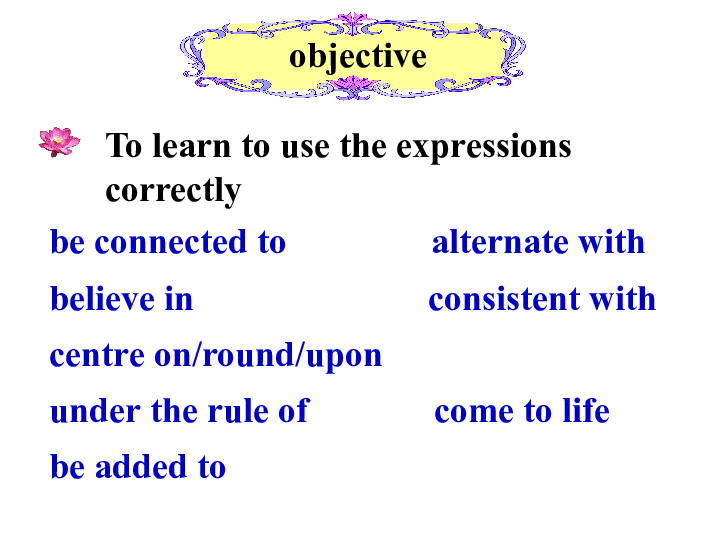Title: The Importance of Proper Fill Power in a Winter Coat: A Guide to Choosing the Right Down for Your Body and Climate
Proper fill power in a winter coat is crucial for keeping warm and comfortable in cold weather. This guide will help you choose the right down for your body and climate, providing tips on how to find the best balance between warmth and weight. From synthetic fills to down alternatives, this article explores the various options available to ensure you find the perfect winter coat for your needs.
When it comes to keeping warm in extreme cold, a high-quality winter coat is an essential investment. One of the most important aspects to consider when selecting a coat is the fill power of the down, which directly affects the coat's ability to retain heat. In this article, we'll explore what fill power is, how it differs from coat to coat, and why it's crucial to choose the right down for your body type and climate.
What is Fill Power?
Fill power is a measure of how well a down insulation layer traps air and retains heat. It's determined by the size and shape of the down clusters, which affects how much space they take up and how effectively they can trap air. The higher the fill power, the more air clusters can trap, and the better the insulation performance will be.
How Does Fill Power Affect Coat Performance?

The fill power of a coat's down insulation directly affects its ability to keep you warm in cold weather. A higher fill power means the coat will be more effective at trapping heat, providing better warmth retention. Conversely, a lower fill power may leave you feeling colder, as the down clusters won't be as effective at trapping air and retaining heat.
What is the Right Fill Power for My Needs?
Choosing the right fill power for your needs requires consideration of your body type, activity level, and the specific climate in which you'll be wearing the coat. For example, if you have a larger body frame or are prone to feeling colder, a higher fill power may be necessary to provide adequate warmth. Conversely, if you're on the smaller side or typically run warmer, a lower fill power may be more suitable.
In addition to body type and activity level, the climate in which you'll be wearing the coat should also inform your choice of fill power. For example, if you live in an area with extreme cold temperatures, a higher fill power will provide better warmth retention. Conversely, if you live in a milder climate, a lower fill power may be more appropriate.

How Do I Know if a Coat Has Good Fill Power?
When shopping for a winter coat, it's essential to look for coats that have been tested and certified by a third-party agency such as TES or Intertek. These agencies will evaluate the coat's fill power and other factors to ensure it meets certain performance standards. You can also check the coat's label or website for information on fill power and other specifications.
In conclusion, proper fill power is crucial to ensuring that your winter coat provides adequate warmth in extreme cold. By considering your body type, activity level, and climate when selecting a coat, you can ensure that you choose a coat with the right fill power for your needs. Shopping for coats that have been tested and certified by third-party agencies can also help you find a quality product that will keep you warm all winter long.
Articles related to the knowledge points of this article:
Title: Discover the Best Tie Brands: A Comprehensive Guide
Title: The Art of Pairing a White Suit with a Tie
Title: Mastering the Art of Tie-Dying Scarves: A Comprehensive Guide to Tying Silk Scarves
Women’s Down Jackets: A Fashion Staple for Cold Weather
Feather Coat Drying: A Guide to Drying Your Down Coat at Home



